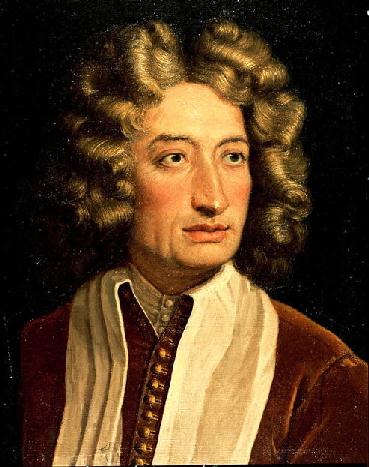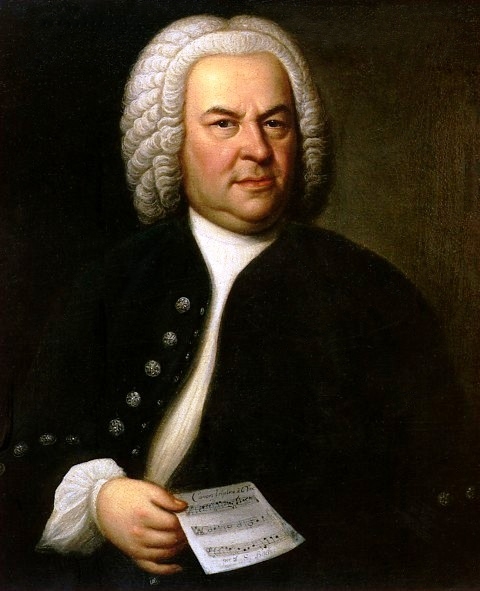
Baroque Music 1600 -1750
 Start your research by reviewing the resources available on this page and the databases listed on the Year 9 Music page. Search WorldCat for items in our library and carefully select which databases and encyclopedias will be of most use to your purpose or task. Think about your search terms carefully and refine them as you learn more about the topic. The links below provide a starting point for information about Baroque Music. Documentary evidence for the Baroque Period is more accurate than the Medieval and Renaissance eras but is still sometimes incomplete and you may find different dates cited in various sources.
Start your research by reviewing the resources available on this page and the databases listed on the Year 9 Music page. Search WorldCat for items in our library and carefully select which databases and encyclopedias will be of most use to your purpose or task. Think about your search terms carefully and refine them as you learn more about the topic. The links below provide a starting point for information about Baroque Music. Documentary evidence for the Baroque Period is more accurate than the Medieval and Renaissance eras but is still sometimes incomplete and you may find different dates cited in various sources.
Introduction to Baroque music from the Music of the Baroque. Chicago, Ill. USA. Includes discussion of composers, philosophy & characteristics of Baroque, forms and instrumental sounds.
Baroque Era
Helsinki Philharmonic Orchestra web site comprehensive description and analysis of music in the Baroque Era - composers, instruments, elements of music.

Carlo Gesualdo (1566-1613)

Claudio Monteverdi (1567- 1643)

Arcangelo Corelli (1653-1713)

Jean-Baptiste Lully (1632-1687)

George Frideric Handel (1685-1759)

Heinrich Schütz (1585-1672)

Johann Sebastian Bach (1685-1750)

Antonio Vivaldi (1678-1741)

Henry Purcell (1659–1695)

Georg Philipp Telemann (1681–1767)
Bach wrote many suites for keyboard instruments such as the harpsichord and clavichord. The focus in this segment is his Suite in E minor, BWV 996.
Orchestra of the Age of Enlightenment - https://oae.co.uk/
What is a Cantata? Our co-principal keyboard Steven Devine explains as he accompanies soprano Rowan Pierce in Bach's Cantata Weichet nur, betrübte Schatten (Yield now, troubling shadows) BWV202.
Most people know the big, bold 19th Century operas, but before that, came baroque operas by pioneering composers like Monteverdi. Meet the unique Australian company reviving these earliest works - including 16-- smash hit, The Return of Ulysses. ABC News feature about the Pinchgut Opera Company. Discusses Monteverdi's Ulysses.
Dame Joan Sutherland singing three baroque arias, one Italian and two English. The first except is the simple "The traveller benighted" from Arne's "Love in a village", then, as the central piece, comes "Furia di donna ingrata" from "La buona figliuola" by Piccini and finally the joyful "Light as thistledown" from Shield's "Rosina".
